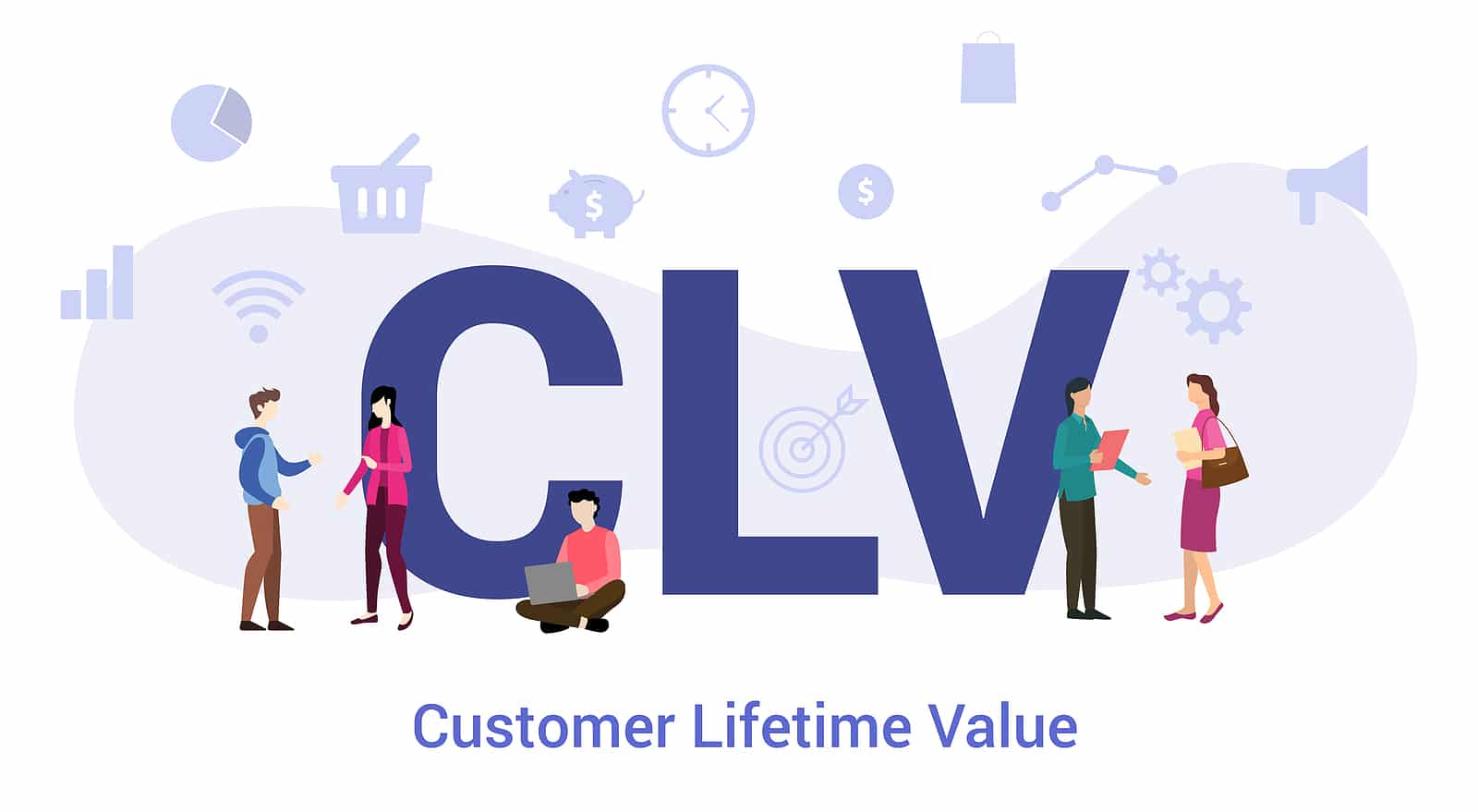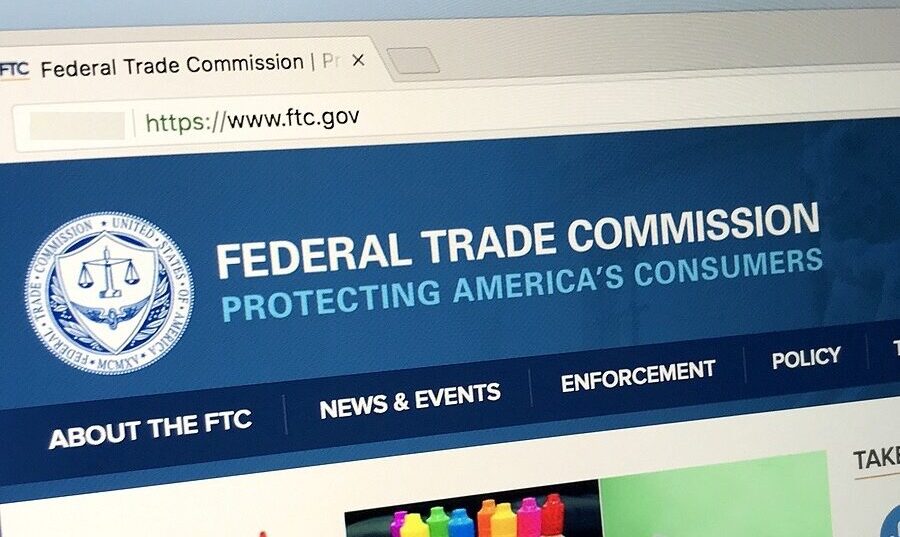
How to Optimize Customer Lifetime Value for Long-Term Success
While subscription models change and evolve over time, one thing that never goes out of style is customer lifetime value (LTV). This is a key metric that subscription companies use to benchmark their success. We’re going to explore what LTV is, how to measure it and share some tips on how to optimize it to get the most LTV from your subscribers. What is LTV? Put simply, LTV is the total profit a subscription company makes between a subscriber’s first and last purchase, explains Alycia Simpson, V...
HELLO!
This premium article is exclusively reserved for Subscription Insider PRO members.
Want access to premium member-only content like this article? Plus, conference discounts and other benefits? We deliver the information you need, for improved decision-making, skills, and subscription business profitability. Check out these membership options!
Learn more about Subscription Insider PRO memberships!
Already a Subscription Insider PRO Member?
Please Log-In Here!
- Filed in Business Strategy, Scaling, Start Here, Subscriber Only








